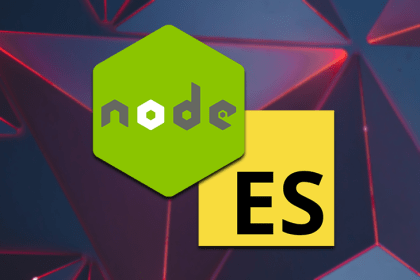
Budibase is a low-code, open-source platform for building web applications. You can use this quick guide to get started fast.

Discover why you might want to use an alternative to Electron, and how to install and use two lightweight options: Tauri and Neutralinojs.

This walkthrough demonstrates how to build a cross-platform app that runs on iOS, Android, and the web using Expo.

Explore major changes in Vite 2.0, including faster builds, a new plugin system, experimental support for SSR, and improved CSS support.

To err is human, and it’s important to have an error state in place when those hiccups happen.

With the release of Wasmer 1.0, it’s worth exploring other WebAssembly runtimes available today, as well as the exciting WASI interface.

Learn how to utilize ownership, Rust’s unique memory allocation feature that guarantees memory safety even for large projects — no garbage collector required.

billboard.js is an easy-to-use JavaScript library that allows developers to create charts instantly to visualize data in Node.js.

Jamstack has recently experienced a surge in popularity, but many devs still have an overly complicated view of what it truly is.

Learn about stacked pull requests, when to use them, and how to convert a monolithic PR into a stacked one.

Explore how far the journey of supporting ES modules has come in the world of Node.js.

Having trouble implementing a sticky header on a table? Take a look at how to build a sticky header using React Hooks.